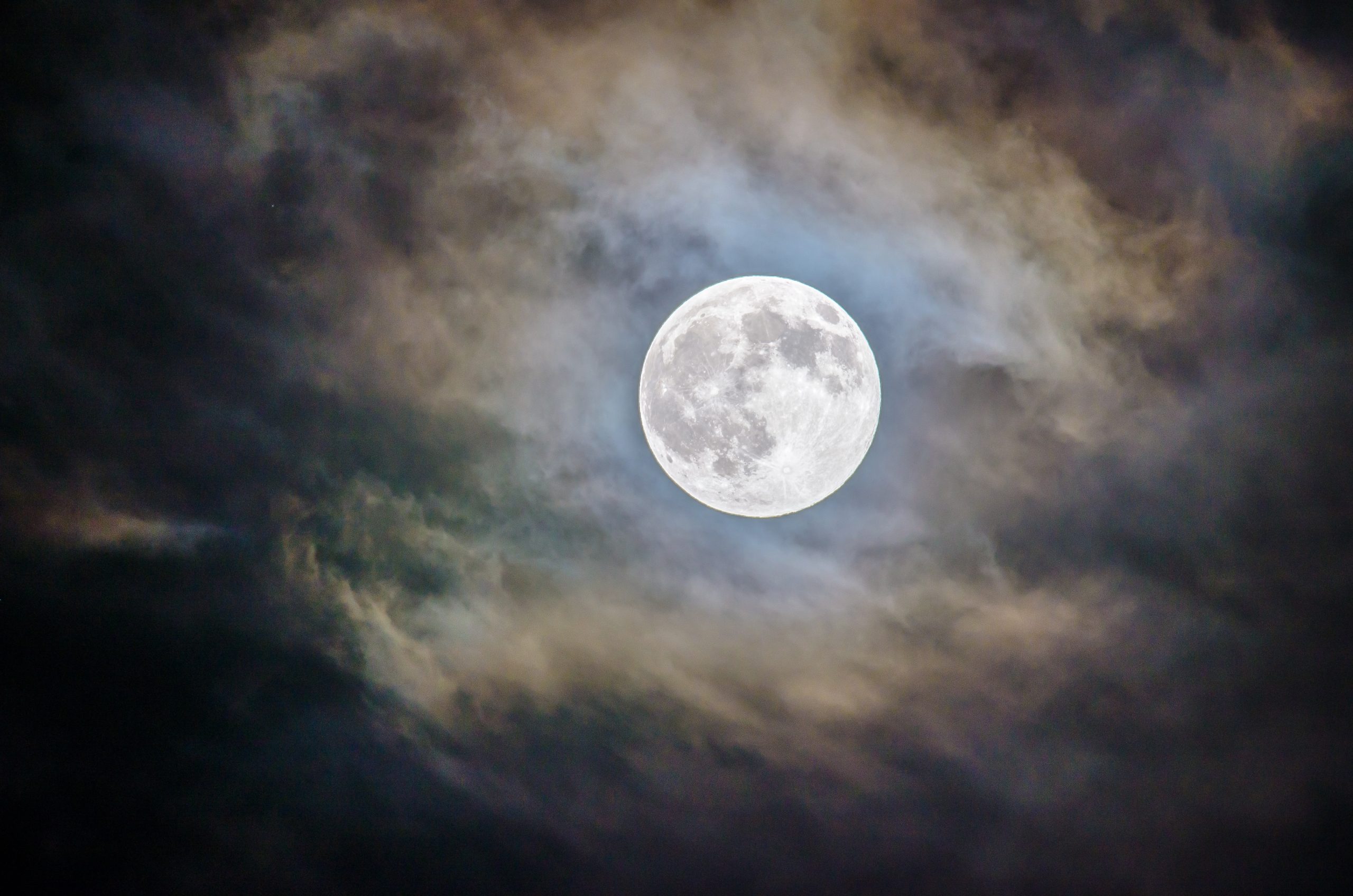The Moon in Filipino Mythology: A Guide to its Legends and Folklore
The moon has always held a significant place in human culture and mythology. Throughout history, various civilizations have worshipped and revered this celestial body, often attributing divine powers and mystical qualities to its presence in the night sky. In Filipino mythology, the moon occupies a central role, featuring in numerous legends and folklore that have been passed down through generations. In this blog post, we will explore some of the most fascinating stories and beliefs surrounding the moon in Filipino culture.
The Moon and Bathala
In Filipino mythology, Bathala is considered the supreme deity, the creator of all things. It is believed that Bathala created the sun and the moon as guardians of the earth. As cosmic siblings, the sun and the moon have distinct roles and responsibilities in maintaining balance and order in the universe.
According to legend, the moon was created by Bathala to shine brightly during the night and guide travelers on their journeys. This celestial body was also associated with fertility, and it was believed that childless couples could find solace and seek blessings from the moon.
The Love Story of Tala and Bulan
One of the most famous stories in Filipino mythology is the love story of Tala and Bulan. Tala, often referred to as the goddess of the stars, was known for her beauty and grace. Bulan, on the other hand, was the handsome and charming god of the moon.
Legend has it that Tala and Bulan met during a celebration in the heavens. Instantly captivated by each other’s radiance, they fell in love. Their love story became the stuff of legends, with their union celebrated throughout Filipino culture.
In some versions of the myth, it is said that Tala and Bulan’s love was forbidden, as they came from different planes of existence. Despite this, they continued to meet secretly, concealed by the darkness of the night. The moon serves as a reminder of their eternal love, appearing in the sky to illuminate the darkness.
The Moon and the Tikbalang
Tikbalang, often depicted as a half-horse, half-human creature, is a prominent character in Filipino folklore. According to legend, Tikbalang is responsible for creating illusions to confuse and bewilder travelers, leaving them lost and disoriented.
The moon is believed to possess the power to tame the Tikbalang. It is said that if one finds themselves lost and under the spell of the Tikbalang, they should look up to the moon and ask for assistance. The moon’s light and influence can guide them out of the Tikbalang’s trap and back to safety.
The Bakunawa and the Moon
The Bakunawa is a serpent-like creature in Filipino folklore, often depicted as a moon-eating dragon. The Bakunawa is known for its insatiable appetite for the moon and its continuous attempts to swallow it during lunar eclipses.
According to popular belief, eclipses occur because the Bakunawa manages to grab hold of the moon and attempt to devour it. Filipino mythology suggests that loud noises, such as banging pots and pans or shooting firecrackers, can frighten the Bakunawa away and prevent it from fully consuming the moon. The lunar eclipse, therefore, represents an epic battle between the Bakunawa and those trying to protect the moon.
Traditional Moon Observances
Even today, the moon holds a special place in Filipino cultural practices and superstitions. Traditional observances involving the moon continue to be passed down through generations.
For example, farmers often consult the moon’s phases to determine the best time for planting crops. The belief is that planting during certain phases of the moon can result in more abundant harvests.
In addition, Filipinos view a full moon as an auspicious time for healing rituals and ceremonies. Many believe that the moon’s energy during its fullest phase can aid in physical and emotional well-being.
The Moon’s Light and Symbolism
Beyond its mythical associations, the moon’s light holds powerful symbolic meaning in Filipino folklore. Its gentle glow is often associated with guiding lost souls, bringing hope in times of darkness, and symbolizing the enduring power of love.
Furthermore, the moon’s changing phases are sometimes interpreted in relation to human emotions and personalities. Just as the moon waxes and wanes, it is believed that individuals may experience varying moods and characteristics depending on the phase of the moon they were born under.
In Conclusion
The moon’s connection to Filipino mythology is intertwined with fascinating stories, beliefs, and cultural practices. From the love story of Tala and Bulan to the moon’s role in protecting against Tikbalang and the Bakunawa, the moon holds a significant place in Filipino folklore.
Whether as a guiding light, a source of fertility and blessings, or a symbol of love and hope, the moon continues to captivate the imagination of Filipinos and inspire a sense of wonder and awe.
Next time you gaze up at the night sky and see the moon glowing above, take a moment to remember the rich mythology and the legends that have been passed down, exploring the enchanting tales of Filipino folklore.
Table of Contents
